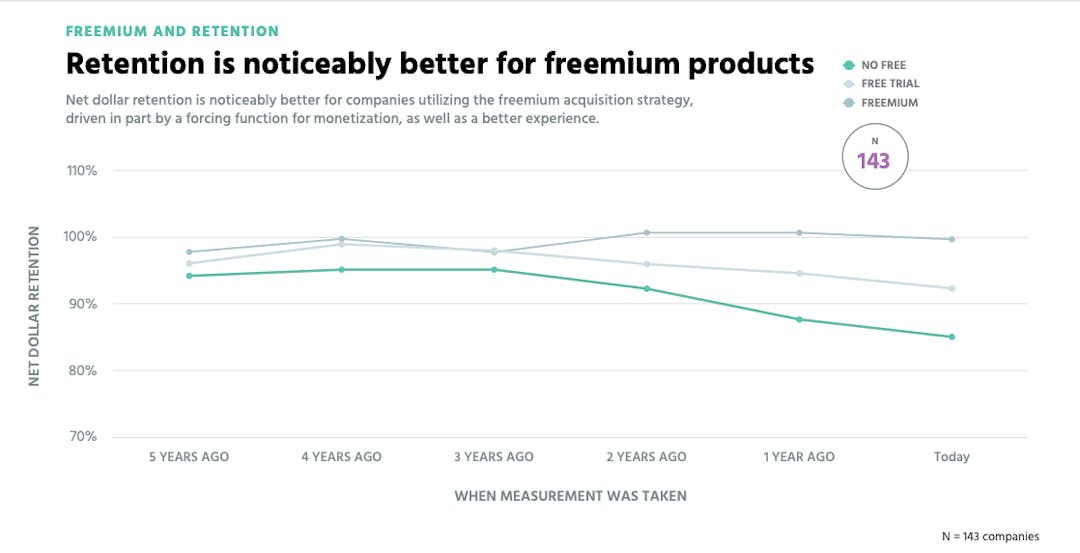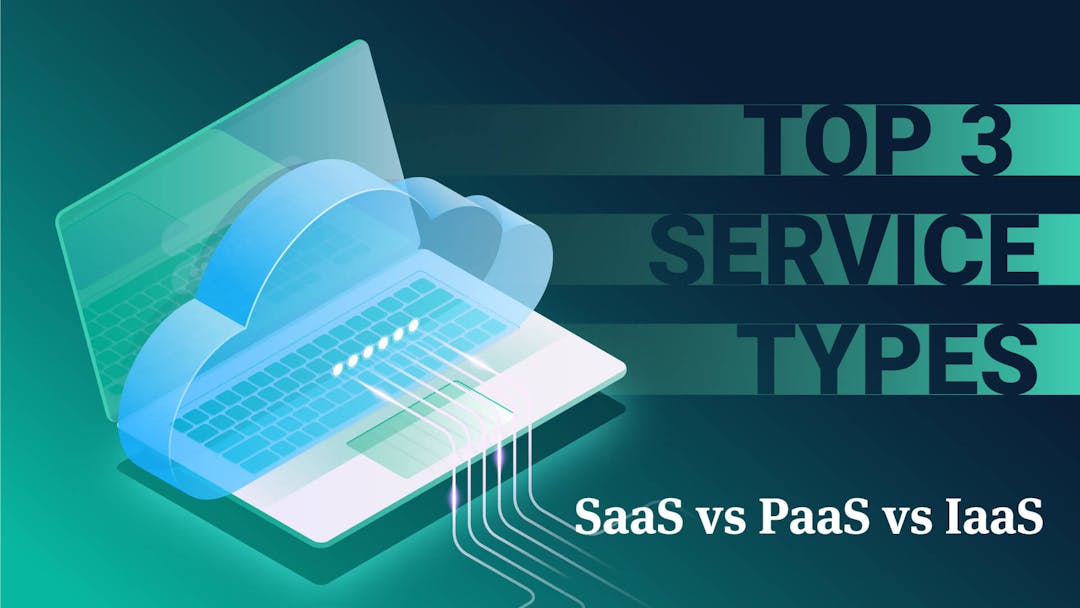tAh, pricing—the core of your business. Your pricing page is where the magic happens. It’s where you show your potential customers that your service is worth their dollars. Your pricing page is where you convert leads into revenue. So, your pricing structure needs to be laid out in a digestible format for customers—you do this with a pricing matrix.
Throughout this article, I’ll unpack what a pricing matrix is, how to set one up, and some stellar pricing matrix examples.
What is a pricing matrix?
A pricing matrix is where you define your costs, features, and what differentiates your product tiers from others. A pricing matrix is shown on the pricing page of your website. When done correctly, it can motivate a new customer to purchase.
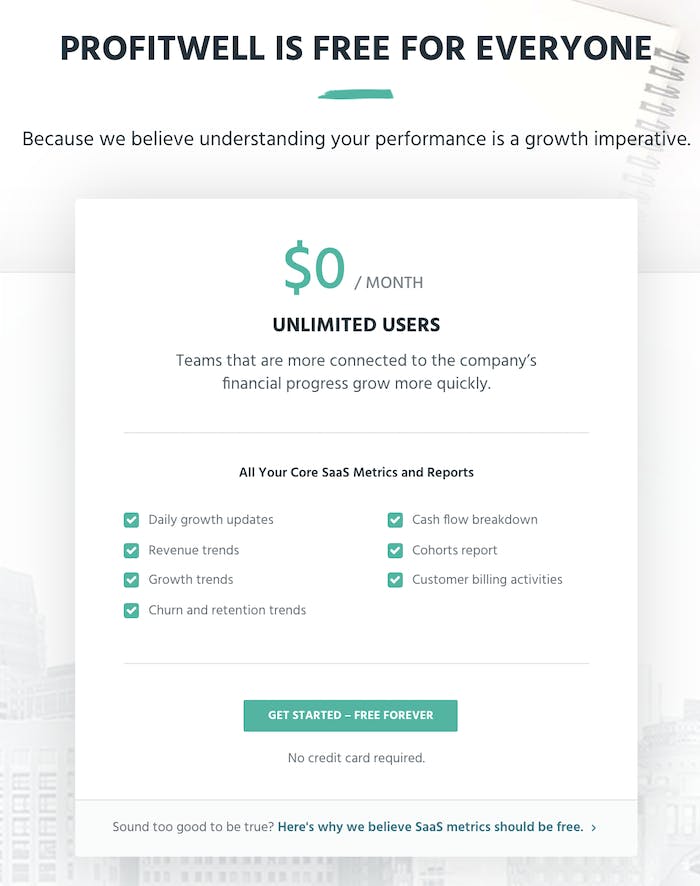
ProfitWell’s pricing matrix. The free version is front and center, then users can scroll down to learn about more options.
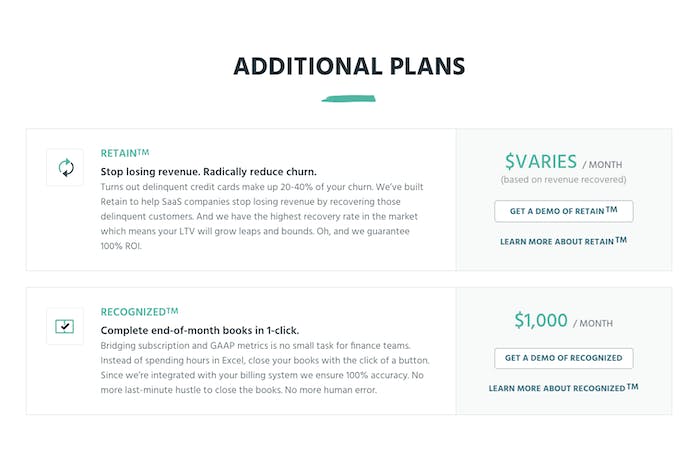

Pricing as a growth lever
We say this all the time but it’s worth repeating: your pricing structure is extremely influential over how your company is perceived from the outside and how fast it’s likely to grow. Pricing is a process of incremental gains. In fact, data proves companies updating their pricing at least once every six months see nearly double the ARPU gain than those who upgrade once per year or more. Pricing is the exchange rate on the value you provide. You want customers to perceive your product as high value.
How to build your pricing matrix
Factors of a great pricing matrix
Clear features
Optimized pricing
Concise information
Targeted user descriptions
Clear CTAs
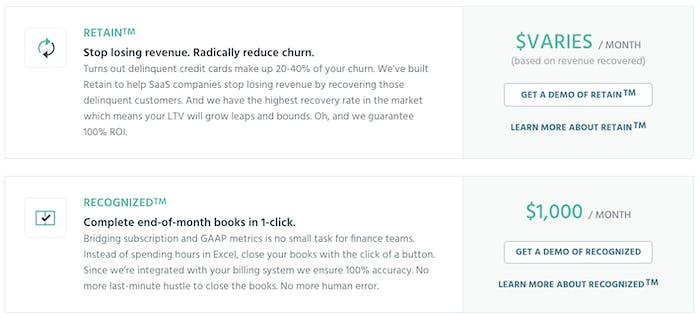
4 great pricing matrix examples
“I think what’s brilliant about this, we see this in the data, the willingness to pay aligns perfectly.”
- Free plan: Zero cost, restricted to 10k of your team’s most recent messages and 10 third-party custom integrations
- Standard plan: Pay a maximum of $8/mo, but message searches and integrations are unlimited.
- Plus plan: $15 per month with unlimited searches and integrations in addition to enterprise level services like single sign-on, compliance reporting, and guaranteed uptime.
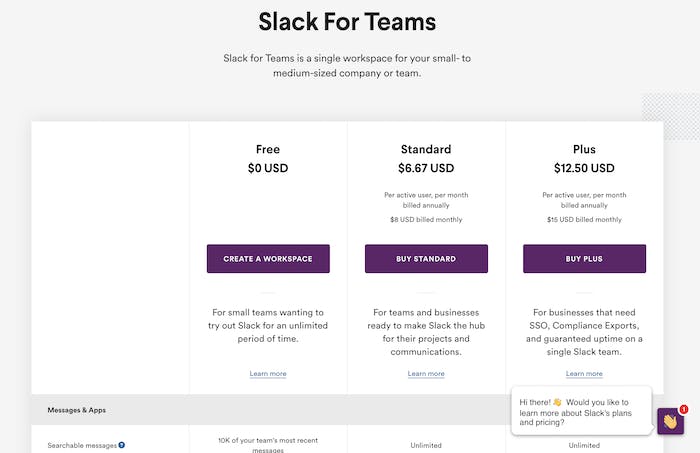
- The free tier increases acquisition
- The middle tier increases retention
- The top tier increases expansion
“Why is Slack successful? The pricing model. Acquisition is just a start; you have to monetize; you have to retain. The monetization—I don’t know if I could have done it better myself.”
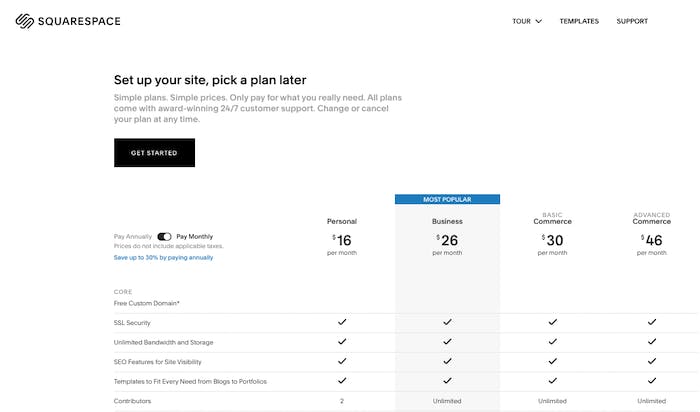
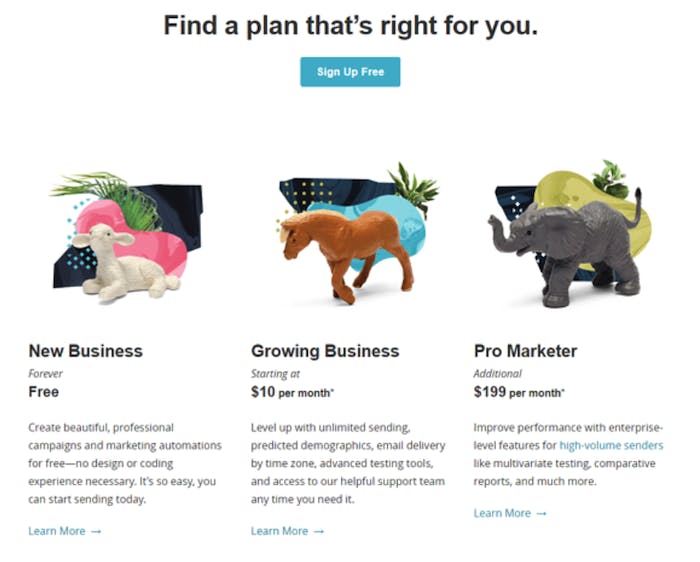
“Shopify is really, really good at not fighting for the inch and going for the mile. I think that their pricing definitely shows that. They were, I believe, one of the first to do unlimited storage and unlimited number of products. They include most of the features in particular plans, and not really differentiating except on credit card terms.” - Patrick Campbell

